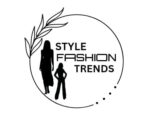The dark aesthetic is a compelling visual and cultural movement that transcends mere fashion and design. Rooted in history, music, literature, and personal identity, it has grown into a global phenomenon influencing various subcultures and artistic expressions. The allure of the dark aesthetic lies in its mysterious, melancholic, and sometimes rebellious nature, resonating with those who seek depth and individuality beyond mainstream trends.
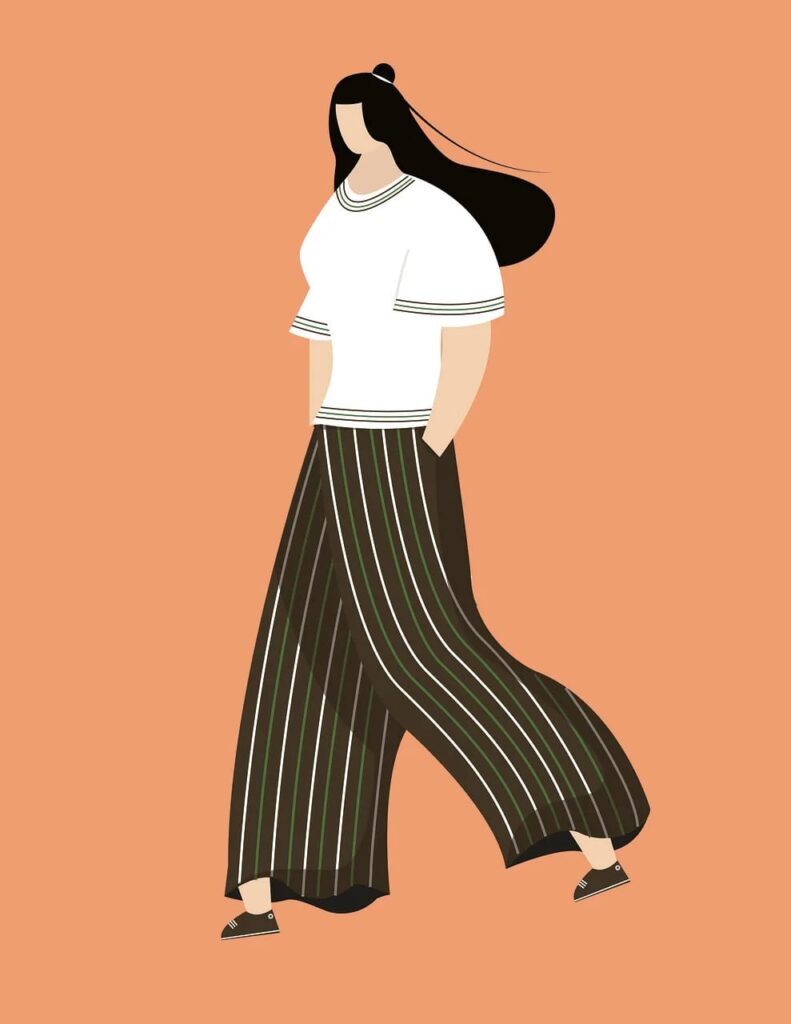

Table of Contents
Origins of the Dark Aesthetic
The concept of darkness in aesthetics has been prevalent for centuries. From Gothic architecture of the Middle Ages to the romanticized melancholy of 19th-century literature, darkness has been a theme explored by artists, writers, and musicians. The Gothic movement in literature, pioneered by writers like Mary Shelley and Edgar Allan Poe, played a crucial role in shaping the dark aesthetic as we know it today. Similarly, Victorian mourning fashion, characterized by black attire and intricate lace, contributed to the visual appeal that still influences dark fashion today.
The late 20th century saw the rise of Gothic subcultures, particularly in music and fashion. The punk movement of the 1970s evolved into Goth rock in the 1980s, with bands like The Cure, Siouxsie and the Banshees, and Bauhaus setting the tone for dark, moody aesthetics. The dark aesthetic expanded into visual arts, photography, and cinema, with filmmakers like Tim Burton embracing its eerie yet whimsical appeal.
Key Elements of the Dark Aesthetic
The dark aesthetic encompasses various elements, from fashion and makeup to literature and interior design. Here are some key aspects:
1.Fashion
Dark fashion is one of the most recognizable aspects of the dark aesthetic. It often includes:
Color Palette: Black dominates, but deep reds, purples, dark blues, and greys are also popular.
Fabric Choices: Lace, velvet, leather, and mesh add texture and depth.
Silhouettes: Long coats, corsets, high-neck blouses, and asymmetrical cuts create a dramatic effect.
Accessories: Chokers, silver rings, cross motifs, and spiked bracelets enhance the look.
Footwear: Platform boots, combat boots, and Victorian-style shoes complete the ensemble.
2.Makeup & Hairstyles
Dark makeup is bold, dramatic, and intentionally mysterious:
Complexion: Pale foundation or minimal blush to create contrast.
Eyes: Heavy black eyeliner, smoky eyeshadow, and exaggerated winged eyeliner.
Lips: Black, deep red, or dark purple lipsticks.
Hair: Long, straight, or messy hair in dark shades (black, deep burgundy, silver-grey) with unique cuts like asymmetrical or blunt bangs.
3.Literature & Philosophy
The dark aesthetic draws inspiration from literary works that explore themes of existentialism, melancholy, and gothic horror:
Gothic Literature: Edgar Allan Poe’s macabre tales, Bram Stoker’s Dracula, and Mary Shelley’s Frankenstein.
Philosophy: Themes of existentialism and the human condition, as explored by philosophers like Nietzsche and Sartre.
Poetry: Dark, introspective poetry by figures such as Emily Dickinson and Lord Byron.
4.Music Influence
Music plays a significant role in shaping the dark aesthetic. Some of the most influential genres include:
Goth Rock: Bands like The Cure, Bauhaus, and Joy Division.
Industrial & Darkwave: Artists like Nine Inch Nails, Depeche Mode, and Clan of Xymox.
Black & Doom Metal: Bands such as Cradle of Filth, Type O Negative, and My Dying Bride.
5.Art & Photography
Dark aesthetic art often features:
Themes: Solitude, mystery, death, and surrealism.
Techniques: High-contrast lighting, chiaroscuro, and gothic architecture.
Famous Artists: Francisco Goya, Salvador Dalí, and contemporary digital artists who focus on dark surrealism.
6.Interior Design
Dark aesthetics extend beyond personal style into home decor:
Color Scheme: Black walls, deep reds, purples, and dark woods.
Furniture: Victorian-inspired chairs, antique mirrors, candlelit chandeliers.
Decor: Skull motifs, gothic paintings, bookshelves filled with dark literature.
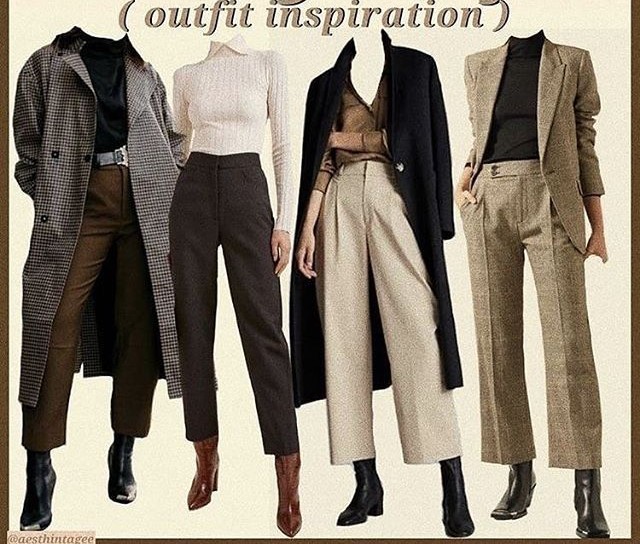

Subgenres of the Dark Aesthetic
The dark aesthetic has evolved into various subgenres, each with its unique characteristics:
1.Gothic Aesthetic
Romantic, elegant, anhttps://www.vogue.com/d steeped in Victorian influences, the Gothic aesthetic is a blend of sophistication and darkness.
2.Grunge Aesthetic
A rebellious, edgy style inspired by the 1990s grunge movement, featuring ripped jeans, oversized flannels, and distressed boots.
3.Steampunk Goth
A fusion of Victorian fashion with futuristic and mechanical elements, often seen in literature and cosplay communities.
4.Cyber Goth
A futuristic, industrial take on gothic fashion, incorporating neon colors, latex, and sci-fi elements.
5.Romantic Goth
A softer, more ethereal version of gothic fashion, incorporating flowy dresses, lace gloves, and intricate jewelry.
Understanding the Dark Aesthetic
Dark aesthetic, with its sub-cultures of Dark Academia, Gothcore, and Dark Romance, has fascinated fashion aficionados with its eternal charm.Dark aesthetic is not merely attire; it is a cultural force that speaks volumes about a fascination with history, literature, and the unknown.
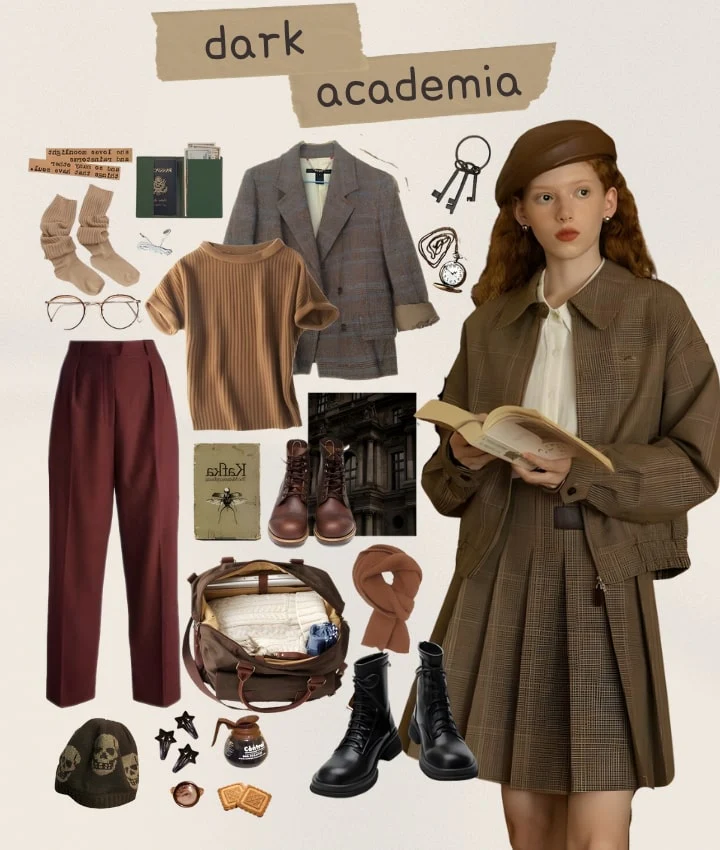

Dark Academia
Dark Academia is a genre that began in the mid-2010s, taking inspiration from 19th-century boarding schools and universities.It blends intellectualism with melancholy and mystery, frequently featuring existentialism and tragedy themes.
The aesthetic features:
Fashion: Tweed blazers, wool skirts, turtlenecks, and traditional oxford shoes are essentials. Layering is essential, with stylish blazers over turtleneck sweaters worn with dark trousers or skirts15.Accessories: Satchels made of leather, vintage clocks, and tortoiseshell spectacles give an air of intellectualism. Color Palette: Dark browns, blacks, greens, and navy blues prevail in this look1.Mood and Vibes: Melancholy, intellectual, and mysterious, usually conjuring images of candle-lit studies and secret societies.
Gothcore
Gothcore is an intensified take on the classic Gothic look, combining aspects of punk and grunge .It’s marked by strong contrasts and unsettling features, often represented by bats, crosses, and skulls .Clothing: Corsets, bustiers, band tees, layered mesh, lace, and faux-leather jackets are typical1.Accessories: Layered chokers, chain belts, and dark metallic jewelry give depth to the ensemble. Lace-up boots or platform shoes finish the look1.Color Palette: Mostly black, accented with deep red, purple, and silver1.Mood and Vibes: Mysterious, rebellious, and dramatic, usually related to nightclubs and concerts1.
Dark Romance
Dark Romance merges Gothic elements with haute couture, a spellbinding trend that is both elegant and strong.It takes classic Gothic literature and applies romance to it. Fashion: Daring velvets, lace, and dramatic shapes are the main characteristics.
Imagine flowing evening dresses with elaborate details.
Color Scheme: Blacks, intense reds, purples, and dark florals3 predominate.Mood and Vibes: Mysterious, romantic, and elegant, it is ideal for those who need to capture the essence of mystery without losing a touch of chic.
The Enduring Allure of the Dark Aesthetic
The dark aesthetic’s long-lived allure can be explained by some reasons:Cultural Significance: It typically borrows from historical and literary sources, for example, Victorian mourning practices and Gothic literature, which offer rich cultural context35.Emotional Expression: The somber aesthetic provides people with a way to present complex emotions such as melancholy, rebellion, and romance visually13.Versatility: Be it the scholarly aura of Dark Academia or the dramatic allure of Gothcore, both aesthetics can be versatile enough to match most tastes and events15.Sustainability: Dark Academia especially encourages sustainability through the reusing of old and evergreen items.
Incorporating the Dark Aesthetic into Your Wardrobe
For those who want to adopt the dark style, here are some tips on how to include it in your wardrobe: Begin with Essentials: Purchase classic items such as tweed jackets, leather coats, or velvet dresses that can be easily paired. Accessories Count: Create depth through accessories such as layered chokers, antique watches, or tortoiseshell glasses15.Experiment with Colors: Black is a classic, but don’t be shy about adding deep reds, purples, and greens to create depth in your ensembles13.Play with Textures: Mix smooth textures such as velvet with more textured ones such as lace or tweed for a visually appealing effect.
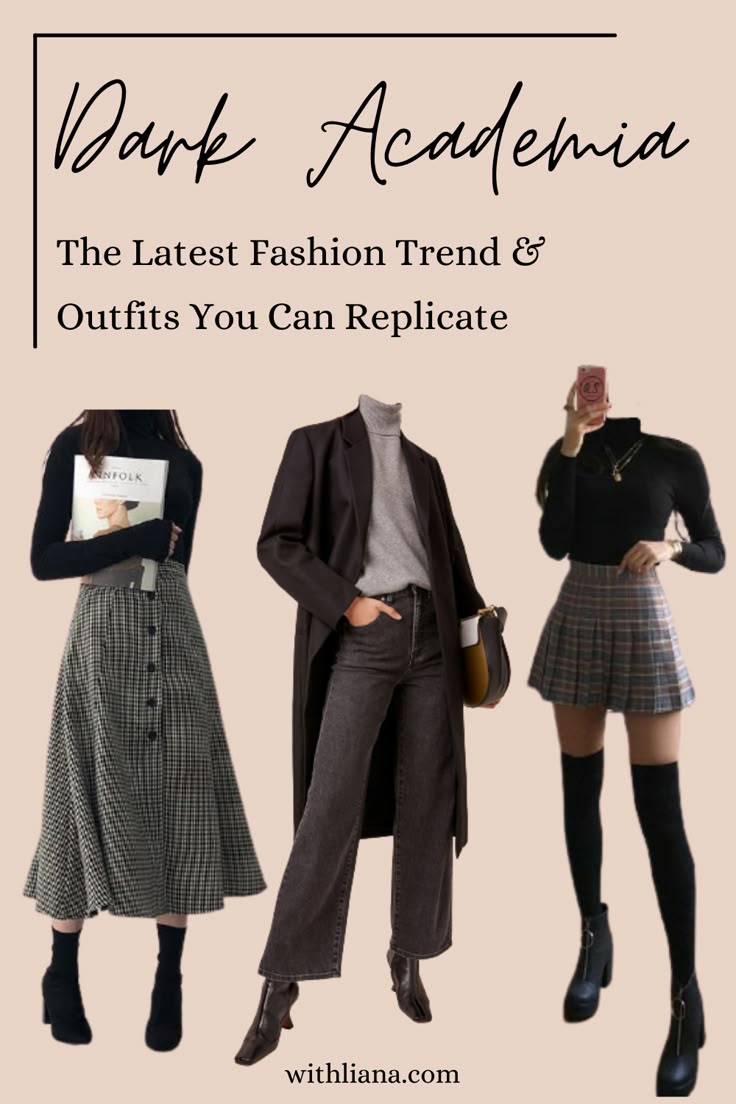

Modern Influence and Popularity
Social media has played a crucial role in the rise of the dark aesthetic. Platforms like Tumblr, Pinterest, and Instagram have created a space for enthusiasts to share their fashion, art, and photography. Influencers and celebrities like Billie Eilish, Wednesday Addams (as reimagined in Netflix’s Wednesday series), and alternative fashion bloggers have further popularized the style.
Fashion brands have also embraced elements of the dark aesthetic. High fashion designers like Alexander McQueen and Rick Owens frequently incorporate dark, avant-garde themes into their collections. Meanwhile, alternative fashion brands like Killstar and Punk Rave cater to those who fully embrace the aesthetic in their everyday wear.
Why People Are Drawn to the Dark Aesthetic
The dark aesthetic isn’t just about wearing black or looking mysterious; it’s a form of self-expression. Here’s why people are drawn to it:
Emotional Depth: Many who resonate with this aesthetic appreciate its ability to convey complex emotions, such as melancholy, introspection, and individuality.
Rebellion Against Norms: The dark aesthetic often represents a rejection of societal expectations and a desire to embrace one’s true self.
Artistic Expression: Through fashion, music, literature, and interior design, the dark aesthetic allows for creative exploration.
Sense of Identity: Many people find comfort in the dark aesthetic as a way to express their inner world and connect with like-minded individuals.
Uncovering the Cultural Implications of the Dark Aesthetic
The dark aesthetic, including fashion styles such as Dark Academia, Gothcore, and Dark Romance, is deeply rooted in historical and cultural contexts.It is not merely a fashion trend; it’s an expression of our interests in history, literature, and the mysterious.
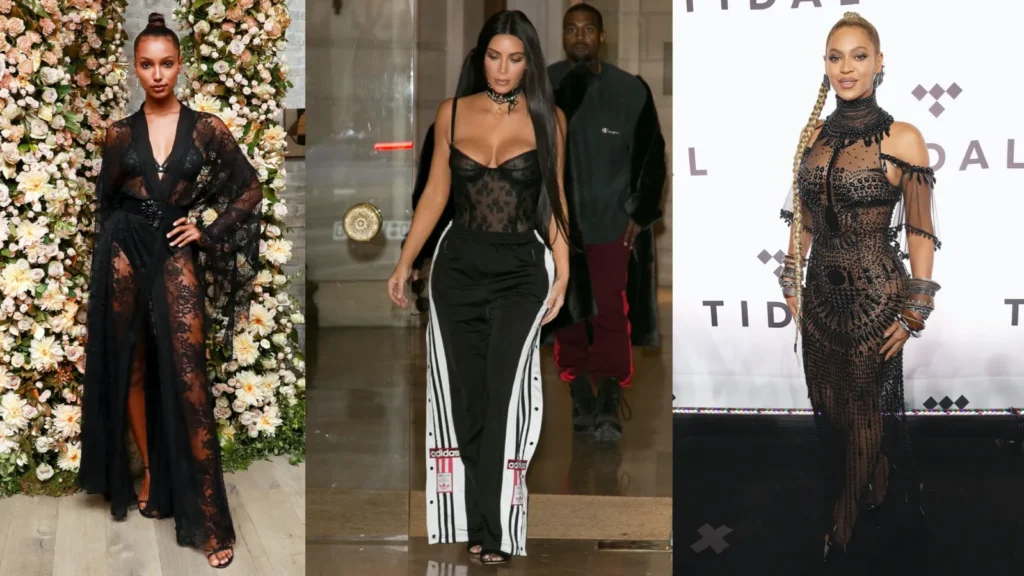

Cultural Influences Historical Origins: Dark Academia draws
inspiration from 19th-century boarding schools and universities, highlighting intellectualism and mystique. This look frequently intersects with existentialism, tragedy, and love, providing a rich cultural context. Literary Correlations: Gothic fiction strongly influences the dark aesthetic. Novels by writers such as Edgar Allan Poe and Emily Brontë have heavily influenced the mood and motifs of these types, adding complexity and depth.
Victorian Mourning Cultures: Gothcore and Dark Romance tend to appropriate Victorian mourning culture, wherein dark attire and somber jewelry was employed in expressing sorrow. Such historical origin brings an extra element of emotional conveyance to such aesthetics. The dark style gives a potent tool for articulation of intense feelings such as melancholy, revolt, and love.
All of these styles in this style give people an outlet to express themselves in a visually compelling manner: Melancholy and Intellectualism: Dark Academia has a melancholic and intellectualistic feel, usually tied to a stronger affinity for literature and history .Rebellion and Drama: Gothcore is marked by its dramatic and rebellious atmosphere, usually tied to clubs and concerts. This fashion enables one to portray the need for freedom and nonconformity. Romance and Elegance: Dark Romance marries mystery with romance, exuding an air of elegance and sophistication. It’s ideal for individuals who desire to capture an air of mystique while remaining chic.
Versatility and Sustainability
The dark aesthetic’s versatility and sustainability are one of the most important reasons it’s stood the test of time: Versatility: Whether it is the academic mystique of Dark Academia or the theatricality of Gothcore, these aesthetics can be mixed and matched to suit different tastes and occasions. They provide a great deal of leeway for artistic expression. Sustainability: Dark Academia, especially, supports sustainable fashion through the reuse of vintage and ageless pieces. This not only minimizes waste but also provides an element of authenticity to the look.
Integration of Dark Aesthetic into Modern Trends
Blending with Indie Sleaze: Integrating elements of Gothcore with the free-spirited look of indie sleaze dresses will provide a confident and bohemian style. Blending dark aesthetic with the rock and roll edge of indie sleaze provides an added dose of sophistication to dark aesthetic. Incorporating Neo-Wear Elements: The do-it-yourself nature of neo-wear, in which clothing is reused or worn in unusual manners, can provide a creative spin to the dark look. For instance, converting a shirt into a skirt or layering tops in unusual combinations can add to the dramatic appeal of Gothcore.
Matching up with Practical Trends: Practicality and empowerment of contemporary trends, like lightweight jackets and new codes of tailoring, can match the dark motif by infusing a quality of modernity and functionality. By combining these dark aesthetics with contemporary fashion styles, one can create distinctive and expressive pieces that have both historical undertones and a sense of current style. From environmentally conscious fashion strategies to creative styling, the dark aesthetic still entices fashion followers with its classic appeal.
Integrating the Dark Aesthetic into Contemporary Fashion Trends: Additional Insights Integrating the dark aesthetic into current fashion trends is not merely embracing a style; it’s about conveying a mood, a vibe, and a sense of history and literature. The following are some more points to take into consideration when integrating the dark aesthetic with current fashion:
1. Blending Dark Aesthetic with Other Trends
Indie Sleaze: Mixing Gothcore with indie sleaze is an excellent way to achieve a strong, eclectic look. Imagine putting a faux-leather jacket together with a flowing indie sleaze dress for dramatic impact. Neo-Wear: The neo-wear’s do-it-yourself nature can inject a new edge into the dark look. Reusing clothes, for instance, or pairing tops in creative combinations, for instance, can intensify the dramatic effect of Goth core. Practical Trends: Combining dark aesthetics with contemporary practical trends, such as lightweight jackets or new codes of tailoring, can inject the look with a sense of modernity and functionality.
2. Sustainable Fashion Practices
Vintage Shopping: Dark Academia promotes sustainable fashion by encouraging vintage shopping. Second-hand shops and thrift stores are ideal locations to discover timeless fashion that adheres to the aesthetic .Quality Over Quantity: Prioritizing high-quality, durable items over fast fashion minimizes waste and promotes ethical fashion.
3. Fashion for Emoting Emotions
Melancholy and Intellectualism: Dark Academia enables people to express melancholy and intellectual interests through fashion. Wearing tweed blazers over turtlenecks or vintage-inspired dresses can create an air of mystery and intellectualism. Rebellion and Drama: Gothcore is ideal for conveying rebellion and drama. Employing harsh contrasts and unsettling elements such as bats or crosses can provide rebelliousness to outfits .Romance and Elegance: Dark Romance has mystery intertwined with romance, infusing a feel of elegance and refinement. Elegant velvet dresses or lace tops can provide romantic touches to outfits.
4. The Role of Technology and Social Media
Digital Platforms: Social media sites such as Instagram and TikTok have been instrumental in making the dark aesthetic mainstream. These sites enable users to share and find new trends and styles, which has helped make the dark aesthetic mainstream. Virtual Fashion: Virtual fashion and digital clothing can provide new means of expressing the dark aesthetic, possibly with features such as augmented reality or digital accessories.
5. Establishing a Sense of Community
Common Interests: The dark aesthetic establishes a sense of community among like-minded people who share an interest in history, literature, and mystery. The common interest in the aesthetic promotes connections and collective experiences. Cultural References: The dark aesthetic frequently makes reference to historical and literary settings, and such a rich cultural environment gives fashionistas a lot to work with. The shared cultural knowledge creates stronger ties in the community.
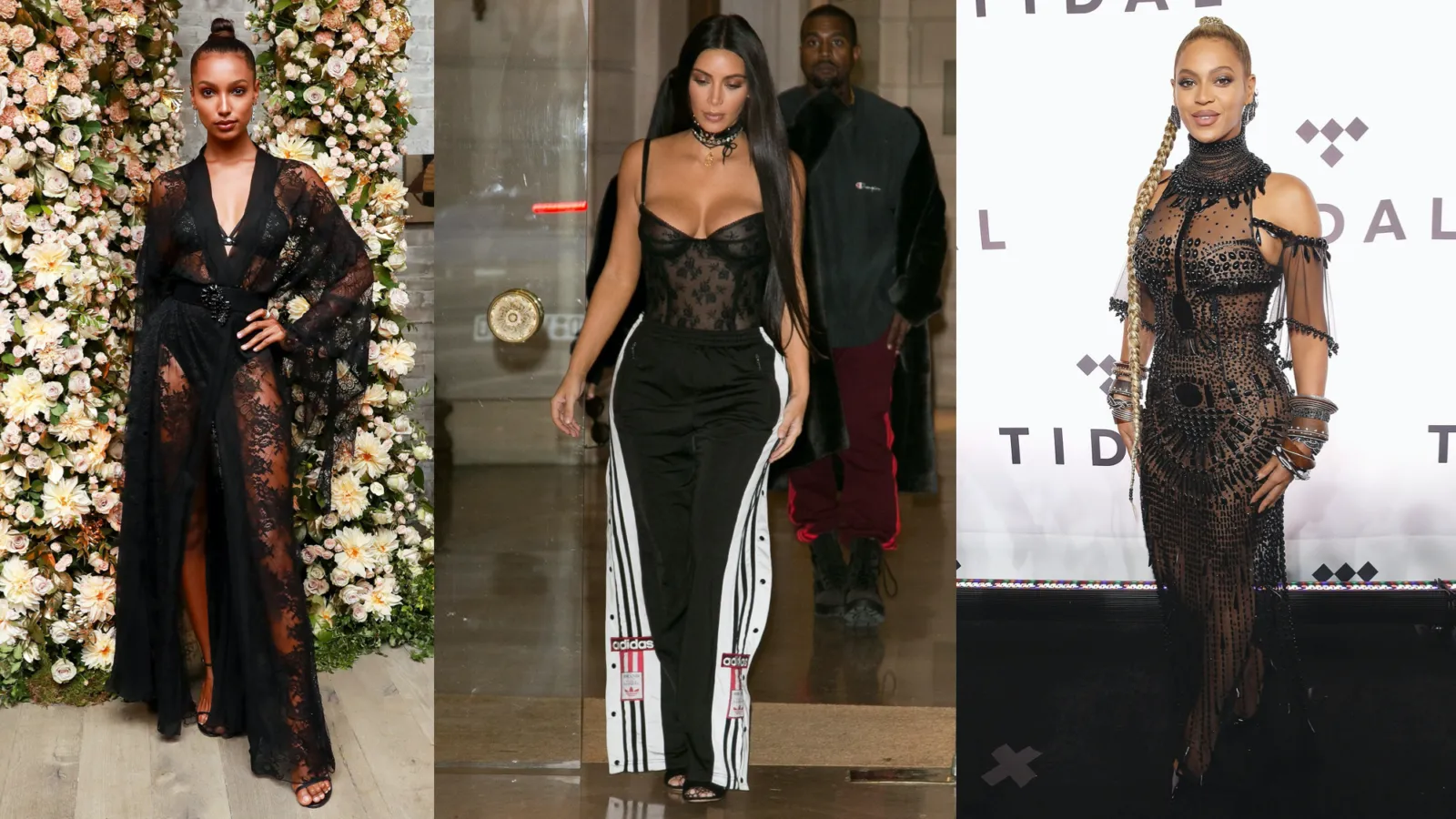

Conclusion
The dark aesthetic is more than just a fleeting trend; it’s a movement rooted in history, emotion, and artistic expression. From its origins in gothic literature to its presence in modern fashion and social media, it continues to evolve and captivate those who seek beauty in the shadows.
